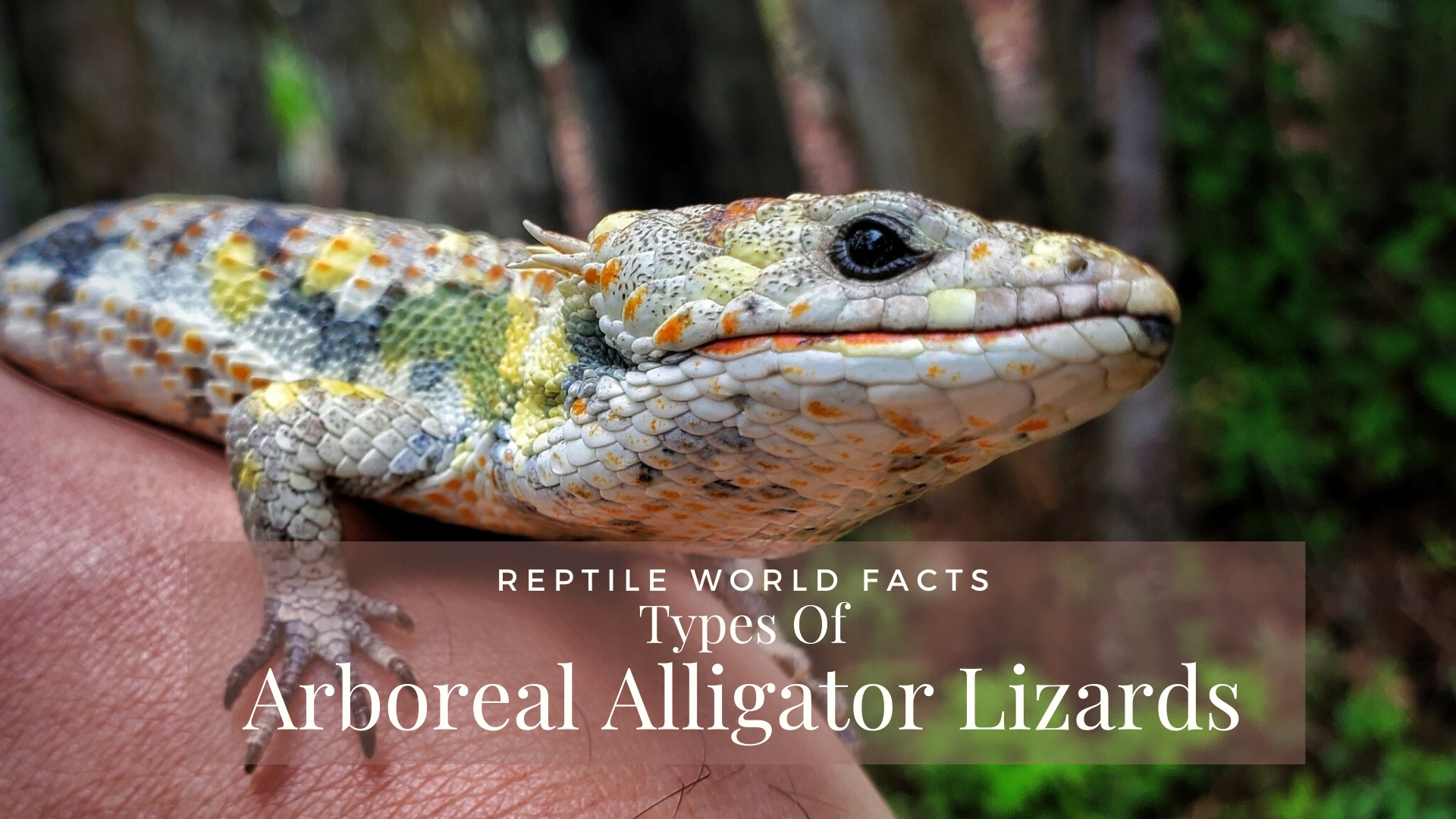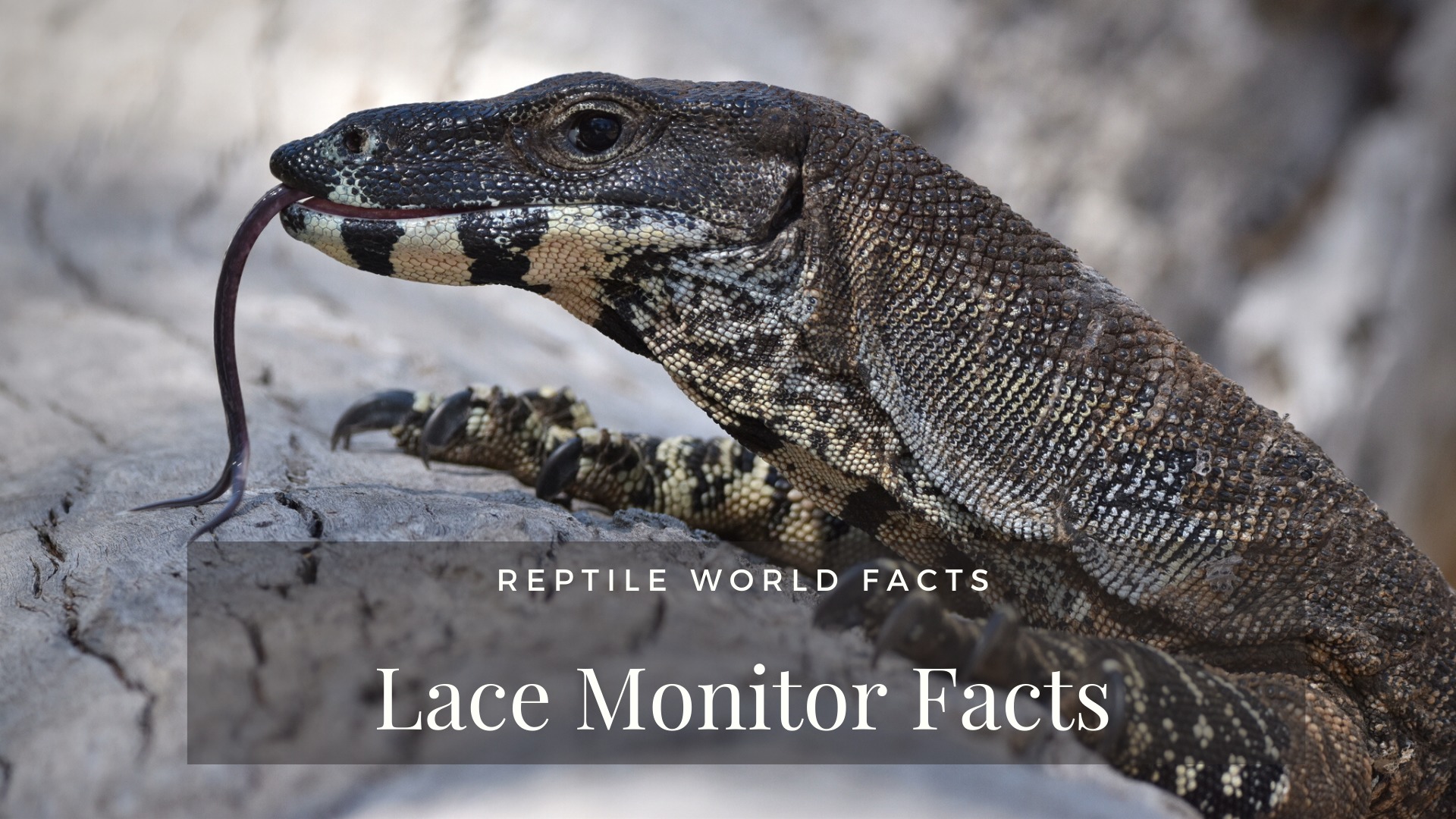Banner Source: Here
Welcome to day 6 of 7 of Halloween Week here at Reptile World Facts! Today we’re going to be talking about the bloodsucker lizard, which has quite the Halloween-y name and look about it. Want to learn more about these cool (and harmless) lizards? Keep reading to learn more.
Quick Facts
Scientific Name: Calotes versicolor
Common Names: Bloodsucker, Changeable Lizard, Calote Lizard, Common Garden Lizard, Eastern Garden Lizard, Indian Garden Lizard, Oriental Garden Lizard
Geographic Range: From Southeastern Iran and Afghanistan East to Indo-China and South to Sri Lanka, Sumatra, and Northern Peninsular Malaysia. Introduced to Southern Florida in the 1970’s
Life Span: 5 Years
Conservation Status: Not Assessed. Currently Abundant.
Top 10 List – Bloodsucker Lizard
1. Bloodsucker Name
These lizards are mostly referred to as calote lizards, or oriental garden lizards, as well as multiple other common names. However, one notable name is the bloodsucker lizard. It is thought that they get this name due to the fact that during breeding season males will develop bright red/orange patches around their heads and shoulders. However, Bloodsucker lizards to not actually suck any blood, and are harmless to humans.
2. Mating Behaviours
Breeding seasons for the Bloodsucker reason is May-October in their natural ranges. In areas where they were introduced it is usually around the time of the first couple increased rainfalls. It is obvious a male has become sexually mature when he has developed black patches on the sides of his neck. Courtship behaviours for the Bloodsucker lizard include the following: chases, circling, head bobs, extension of the dewlap, push-ups, and neck-biting. The male changing colour is the first step in initiating courtship. After their courtship both lizards will return to their normal colourings.
3. Baby Bloodsuckers
The female lizards will lay anywhere from 5-16 eggs in the hollow of a tree or a burrow in the ground, after a larger rainfall has occurred. The earlier in the breeding season that the eggs are laid the larger the clutch of eggs tends to be. The eggs then incubate for 40-80 days depending on the moisture. Dry = longer incubation time. Hatchlings hatch bigger and stronger at slightly lower temps, ones hatched at 33 degrees C for example will come out smaller. Bloodsucker lizards are born female, and testosterone in some of them will cause them to reverse into males. Juvenile Bloodsucker lizards have shorter tails than their adult counterparts, and spend most of their time on the ground foraging for food.
4. Arboreal
Bloodsucker lizards are arboreal and spend most of their time in the trees. They spend their days in the treetops climbing, foraging for food, and thermoregulating their temperatures.
5. Diet
Bloodsucker Lizards eat mainly insects and small vertebrates such as small rodents and other smaller lizards. While these lizards do have teeth, they use their teeth to hold on to prey, not to tear things up. This means they swallow their prey whole, after stunning their food by shaking it. Young and inexperienced lizards may sometimes choke by trying to swallow a prey item that is too big. They have sometimes been observed eating vegetable matter as well.
6. Appearance
Bloodsucker lizards have crests that run from their neck to almost their tail, and are more pronounced in males. They have a laterally flattened body, and large shoulders and heads. Regularly these lizards are a dull brown, olive, yellow, or grey colour. During breeding seasons the males throat will develop black patches, and the neck and shoulders will turn a bright red or orange. Their size varies depending on what region you look at, however on average they are up to 5 inches snout to vent, and 15 inches including their tail.
7. Affecting Wildlife
Bloodsucker lizards are easily adaptable, even in urban areas and areas taken over by humans. This means that if introduced to an area they are not native in, they will probably still thrive and take over. in fact, they easily took over Singapore Island when they were introduced there. They even had a negative effect on native and introduced lizards when they were brought to Florida in the United States.
8. Characteristics Of Other Lizards
Bloodsucker lizards are closely related to iguanas. Like bearded dragons and some other lizards, they do not drop their tails. And most interestingly, they are able to move each eye separately and in different directions, just like chameleons.
9. Kept As Pets
Bloodsucker Lizards are desirable as pets to some collectors due to their unique and bright colouration. Due to the fact these lizards are able to easily adapt to new environments with the proper climbing space and UVB and light they are able to easily flourish in captivity.
10. Diurnal
While a lot of reptiles are nocturnal and are asleep at night, Bloodsucker lizards are diurnal. They spend most of their days hiding out and foraging around treetops, and find safe places to sleep during the night.
—
Enjoy this article? Share it with your friends using the links below! Also, leave a comment below and let us know what you think. Thanks for reading!










